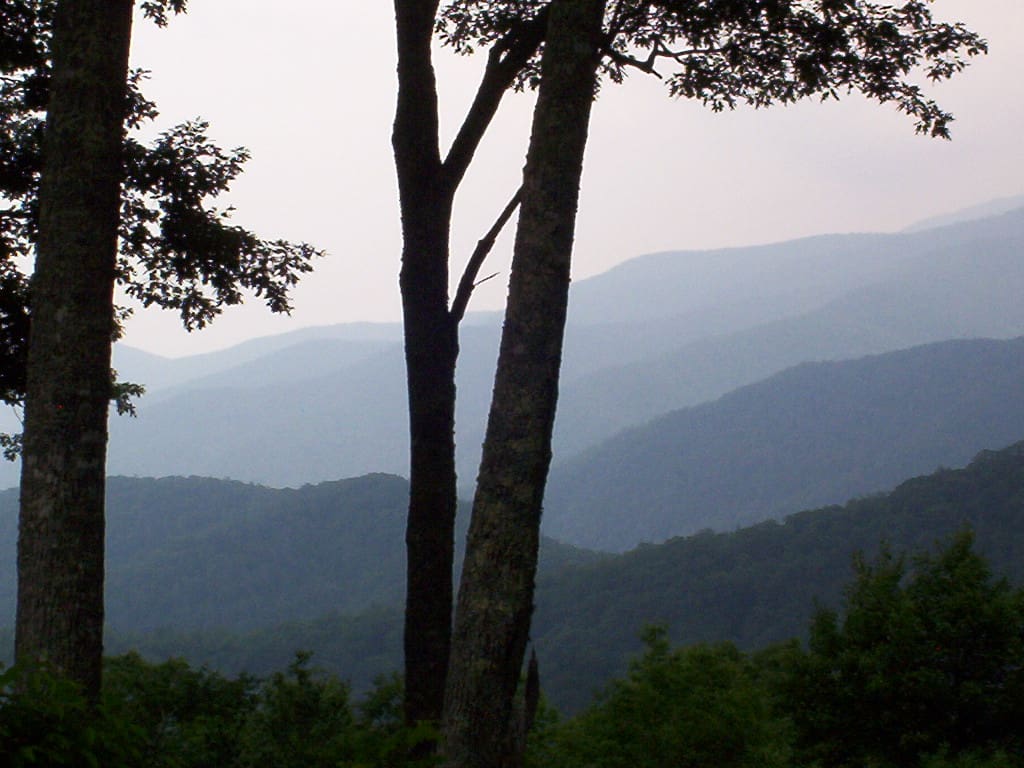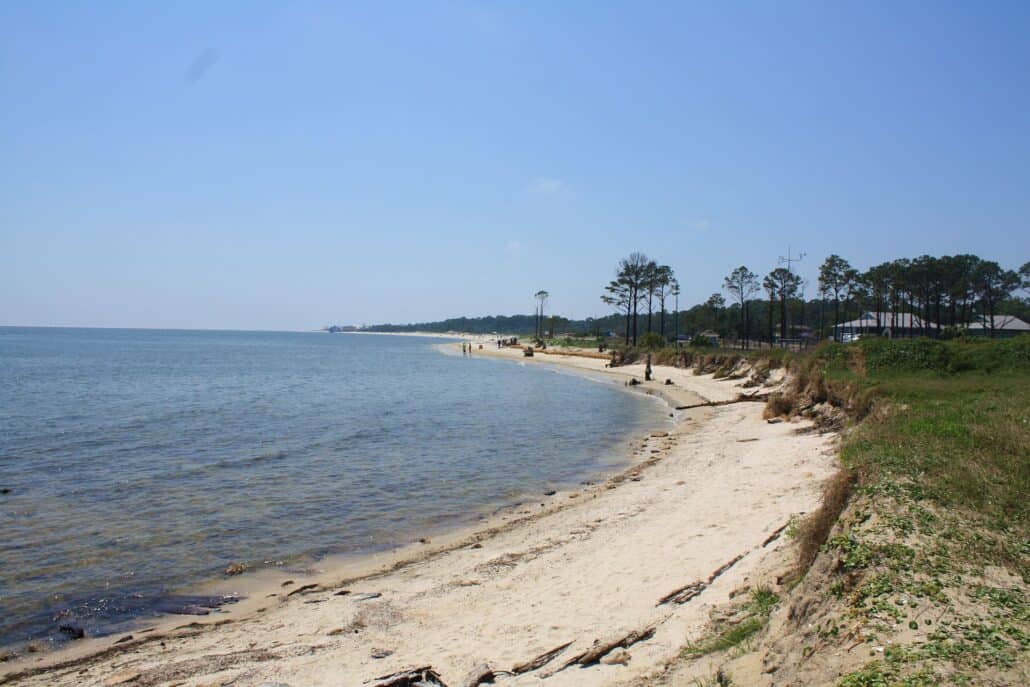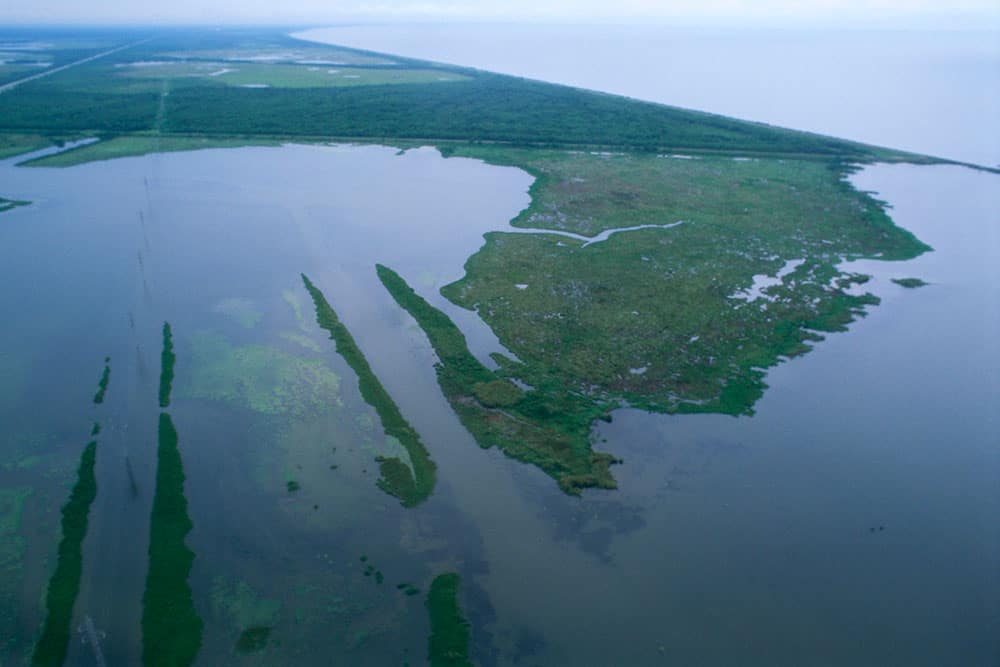Ecoregions of Tennessee
Tennessee is diverse in physiography, vegetation, and habitat type. For bird monitoring and reporting purposes the state is divided into four regions. Within these regions there are other divisions representing distinct features important to understanding bird life. Within the Western Coastal Plain is included the Mississippi Alluvial Plain — a narrow strip of low-lying, swampy, […]
Ecoregions of Tennessee Read More »




